TIGO Magic Scale - PoC tool for you to apply dichotomous thinking before submitting RFP
Last updated: July 14, 2024 Read in fullscreen view
- 10 Apr 2022
 Agile self-organizing teams: What are they? How do they work? 28/435
Agile self-organizing teams: What are they? How do they work? 28/435 - 28 Oct 2023
 The GOLDEN Rules of Software Engineering 27/522
The GOLDEN Rules of Software Engineering 27/522 - 08 Dec 2021
 What Are The 4 Types of Maintenance Strategies? 20/1031
What Are The 4 Types of Maintenance Strategies? 20/1031 - 21 May 2022
 "Fail Fast, Fail Often, Fail Forward" is the answer to Agile practices of software success 18/941
"Fail Fast, Fail Often, Fail Forward" is the answer to Agile practices of software success 18/941 - 02 Dec 2022
 3 Levels of Quality in KANO Analysis Model 8/1000
3 Levels of Quality in KANO Analysis Model 8/1000 - 13 Oct 2021
 What is Bug Convergence? Why is it important for User Acceptance Testing (UAT)? 8/684
What is Bug Convergence? Why is it important for User Acceptance Testing (UAT)? 8/684 - 13 May 2022
 IT Training and Development: The most effective options for upskilling IT staff 7/1021
IT Training and Development: The most effective options for upskilling IT staff 7/1021 - 14 Oct 2021
 Stream Story - Low land stream or fast moving stream? 6/569
Stream Story - Low land stream or fast moving stream? 6/569 - 20 Jan 2022
 TIGO Self-Organization Practice: Change Management Workflow 6/430
TIGO Self-Organization Practice: Change Management Workflow 6/430 - 16 Jun 2022
 Rapid Application Development (RAD): Pros and Cons 5/799
Rapid Application Development (RAD): Pros and Cons 5/799 - 20 Nov 2022
 Agile working method in software and football 5/323
Agile working method in software and football 5/323 - 01 Jan 2024
 The pros and cons of the Centralized Enterprise Automation Operating model 4/165
The pros and cons of the Centralized Enterprise Automation Operating model 4/165 - 20 Jan 2021
 Fail early, fail often, fail cheap, fail safe but always fail forward 3/688
Fail early, fail often, fail cheap, fail safe but always fail forward 3/688 - 03 Nov 2022
 Questions and answers about Kano Model 3/804
Questions and answers about Kano Model 3/804 - 11 Nov 2021
 What is an IT Self-service Portal? Why is it Important to Your Business? 2/364
What is an IT Self-service Portal? Why is it Important to Your Business? 2/364 - 12 Oct 2020
 The Agile Manifesto - Principle #8 2/447
The Agile Manifesto - Principle #8 2/447 - 07 Oct 2020
 How To Manage Expectations at Work (and Why It's Important) 2/266
How To Manage Expectations at Work (and Why It's Important) 2/266 - 02 Nov 2021
 [Case Study] Streamlined Data Reporting using Tableau 2/276
[Case Study] Streamlined Data Reporting using Tableau 2/276 - 02 Dec 2022
 Success Story: Satsuki - Sales Management Software, back office app for School Subscription Management 2/219
Success Story: Satsuki - Sales Management Software, back office app for School Subscription Management 2/219 - 03 Jul 2022
 Manifesto for Agile Software Development 2/240
Manifesto for Agile Software Development 2/240 - 03 Apr 2021
 How digital asset management streamlines your content workflow? 1/312
How digital asset management streamlines your content workflow? 1/312 - 13 Feb 2021
 Why is TIGOSOFT a software house for Enterprise Application Development? 1/336
Why is TIGOSOFT a software house for Enterprise Application Development? 1/336 - 01 Oct 2020
 Handling tight project deadlines as a business analyst 1/313
Handling tight project deadlines as a business analyst 1/313 - 11 Oct 2021
 10 Myths About Low-End Project Management Software /274
10 Myths About Low-End Project Management Software /274 - 21 Jun 2021
 6 Useful Tips To Streamline Business Processes and Workflows /515
6 Useful Tips To Streamline Business Processes and Workflows /515 - 09 Oct 2022
 Key Advantages and Disadvantages of Agile Methodology /666
Key Advantages and Disadvantages of Agile Methodology /666 - 10 Oct 2022
 Should Your Business Go Agile? (Infographic) /107
Should Your Business Go Agile? (Infographic) /107 - 27 Oct 2020
 8 principles of Agile Testing /1195
8 principles of Agile Testing /1195 - 01 Jun 2022
 How Your Agile Development Team is Just Like a Football Team? /206
How Your Agile Development Team is Just Like a Football Team? /206 - 28 Nov 2023
 Scrum Team Failure — Scrum Anti-Patterns Taxonomy (3) /228
Scrum Team Failure — Scrum Anti-Patterns Taxonomy (3) /228 - 01 Mar 2022
 Why Does Scrum Fail in Large Companies? /243
Why Does Scrum Fail in Large Companies? /243 - 06 Nov 2023
 How do you streamline requirement analysis and modeling? /184
How do you streamline requirement analysis and modeling? /184 - 01 Dec 2022
 Difference between Set-based development and Point-based development /298
Difference between Set-based development and Point-based development /298 - 21 Oct 2022
 Virtual meeting - How does TIGO save cost, reduce complexity and improve quality by remote communication? /166
Virtual meeting - How does TIGO save cost, reduce complexity and improve quality by remote communication? /166 - 02 Nov 2022
 Frequently Asked Questions about Agile and Scrum /372
Frequently Asked Questions about Agile and Scrum /372 - 03 Sep 2022
 The secret of software success: Simplicity is the ultimate sophistication /186
The secret of software success: Simplicity is the ultimate sophistication /186 - 16 Jul 2022
 What are disadvantages of Agile Methodology? How to mitigate the disadvantages ? /353
What are disadvantages of Agile Methodology? How to mitigate the disadvantages ? /353
TIGO MAGIC SCALE
Software Consulting Services
With deep experience in software engineering, we provide a wide range of consulting services undertaking a comprehensive analysis of your existing system, mapping out your plan on the introduction of new components, and guiding you in the complex software world.
For us, it's important to find the right solution that is flexible and cost-effective and perfectly corresponds to your business goals and IT strategy. We take into consideration the size of your business, your industry, the objectives you pursue, tasks you want to carry out, challenges you run into and help you save money, make money, and streamline your business operations with wisely considered software solutions.
Striking the right balance between factors, i.e. relevance vs frequency" is similar to the MURI principle in the lean pillars of Toyota Way.
Quality vs Grade
Functional vs Non-functional
Relevance vs Frequency
Automation vs Personalization
Time, Budget vs Features
Accuracy vs Precision
Upgradation vs New Features
Quality vs Grade
(45% - 55%)
Functional vs Non-functional
(45% - 55%)
Relevance vs Frequency
(45% - 55%)
- High frequency (i.e. > 80%): Useless product (less added value).
- High relevance but less frequency: High development cost, longer training time, high cost of maintenance etc.
Automation vs Personalization
(45% - 55%)
Below are tips to balance Marketing Automation and Personalization:
- Offer Timely, Valuable Content. Email campaigns are an effective, low-cost way to leverage automation and personalization
- Respect Consumer Privacy
- Enhance the Customer Experience and increase Customer Retention
- Combine Automation and Human Touch
Time and Budget vs Features
(45% - 55%)
- If features are excessive, much beyond the budget and time, projects are doomed to fail, or unable to meet the deadline.
- If features are too few, or you're building the core features just like a framework, MVP-based product instead of a working product, then it's far to get a new system up and running. If features volume is not sufficient to make a turning point, you can't make a good integration of modules. In other words, the integration is weak. The second problem is that, both development team and stakeholders have no incentive or ball bearings to flat out or shine in their works.
- Think about "cram studying". Without cram studying, you won't be able to integrate their discrete knowledge. You have to raise the bar in order to reach the peak. Likewise, your product should be state-of-the-art instead of a generic product.
[Software Testing] Accuracy vs Precision
(45% - 55%)
- The Precision refers to how well measurements agree with each other in multiple tests.
- The Accuracy of a measurement is how close a result comes to the true value.
Upgradation vs Developing New Features
(70% - 80%)
- The Upgradation refers to the action or process of raising something to a higher standard, grade, or rank.
- A new feature is an addition to an existing system. The scope of new feature work varies significantly. It may be as simple as adding a new field or button to a form, or require extensive modification to a system to add significant new capabilities.
- "Balanced trade-off" is one of our important tools for business analytics and consulting.
- When defining scope, try to look at different angles and use the optimum solution.
- Added values is crucial, but the right time for implementation is much more important.





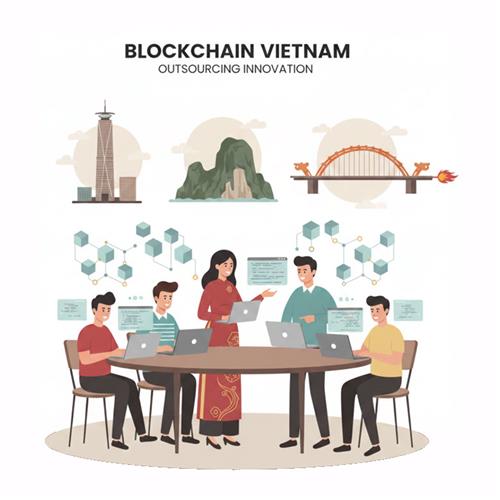
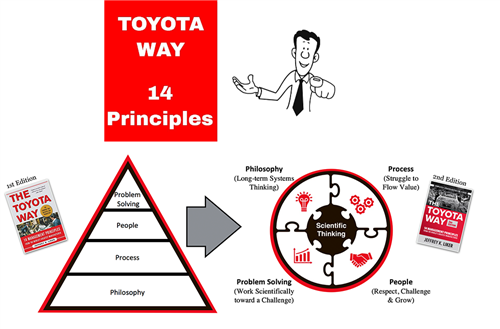


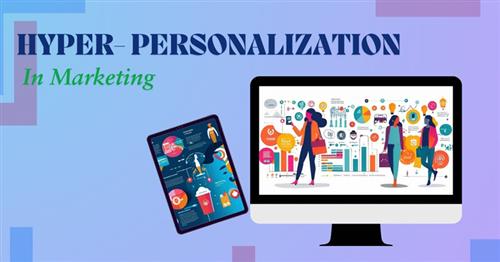
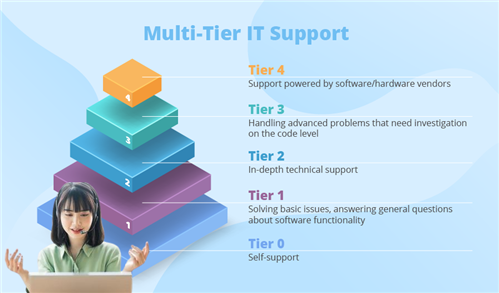



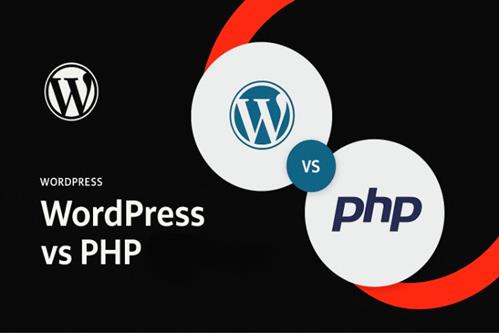
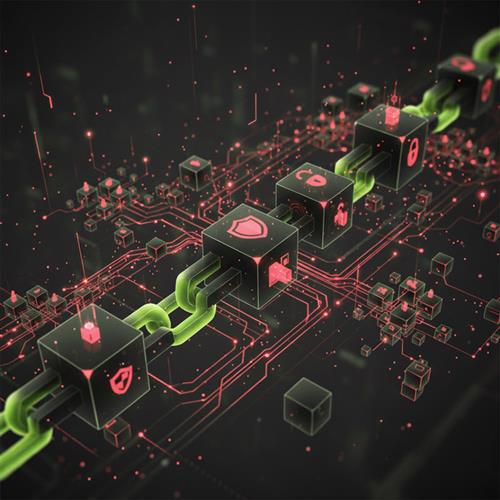
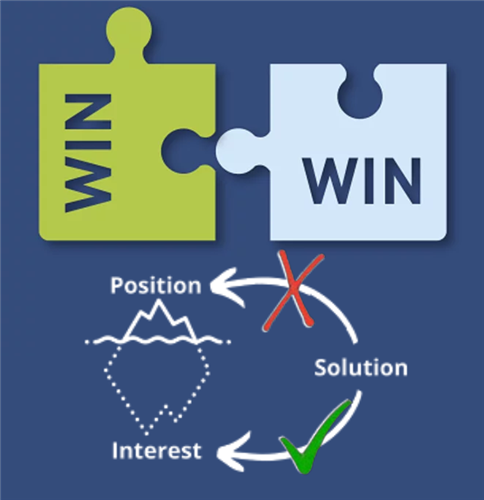


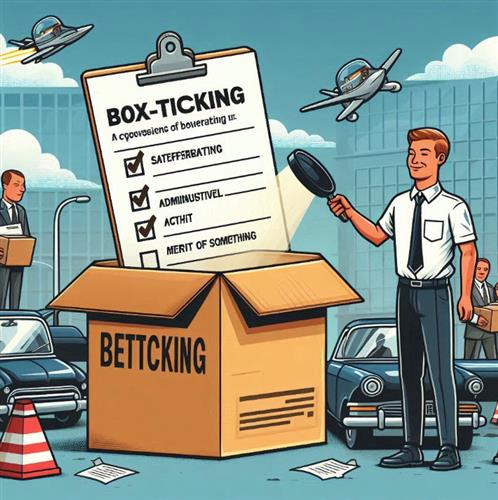
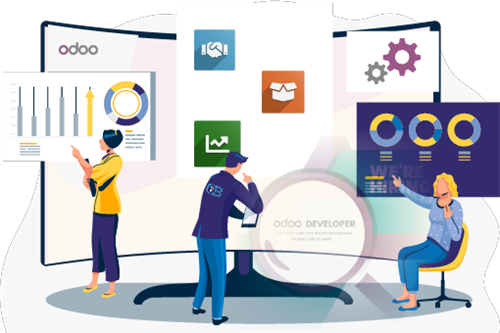
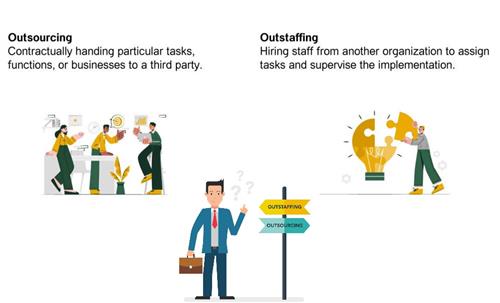


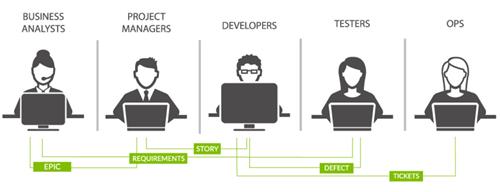









 Link copied!
Link copied!
 Recently Updated News
Recently Updated News